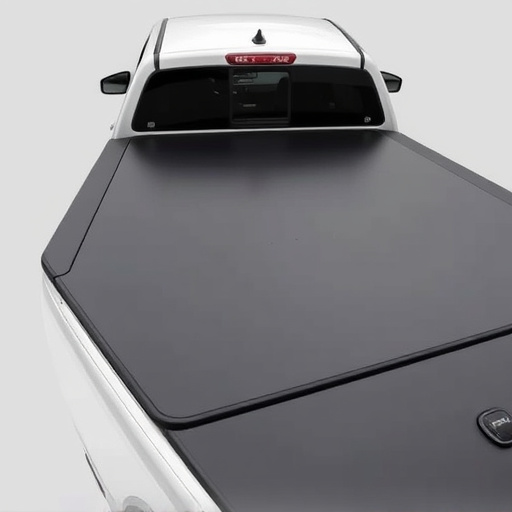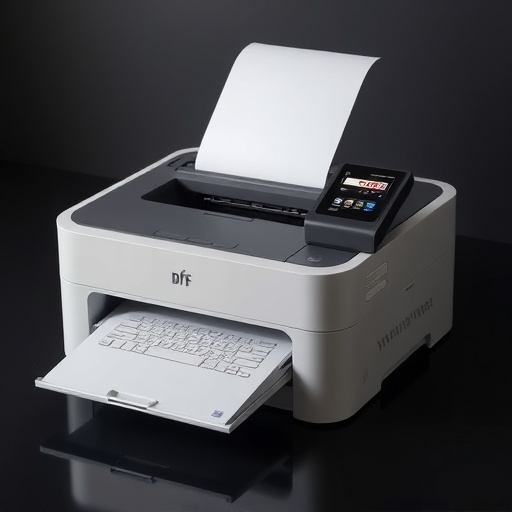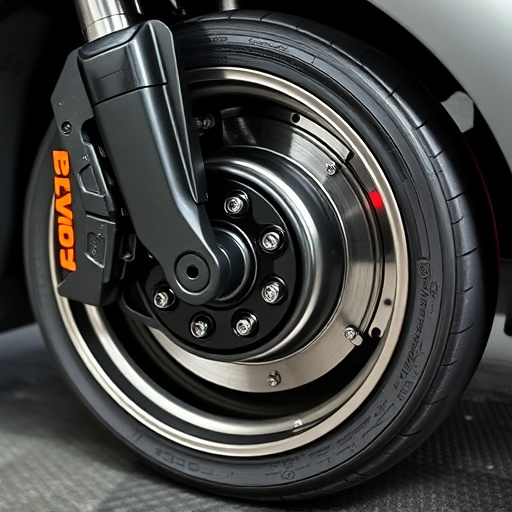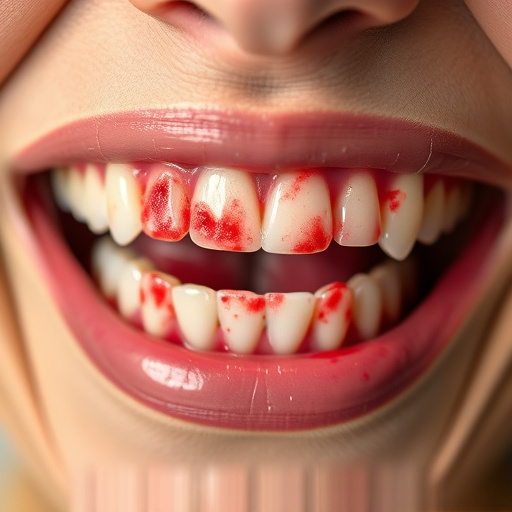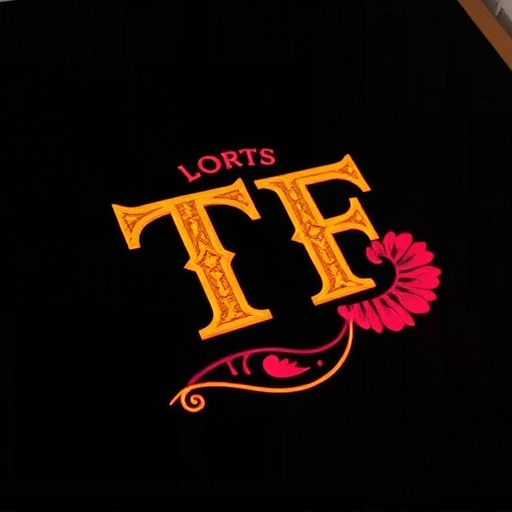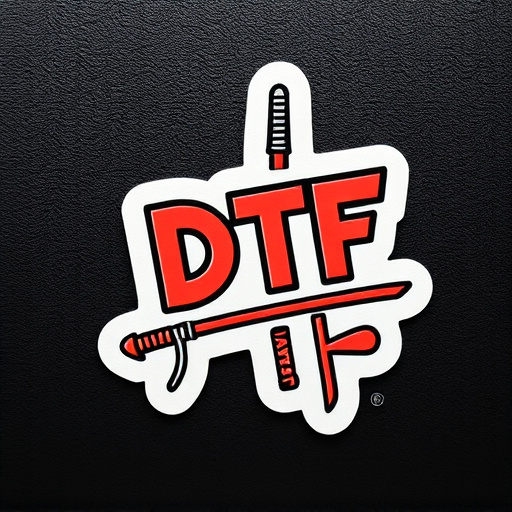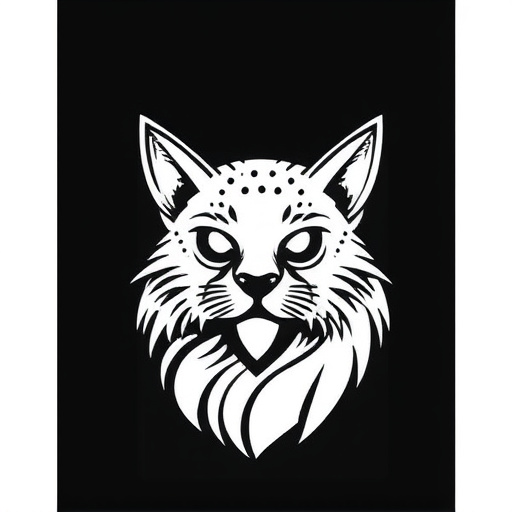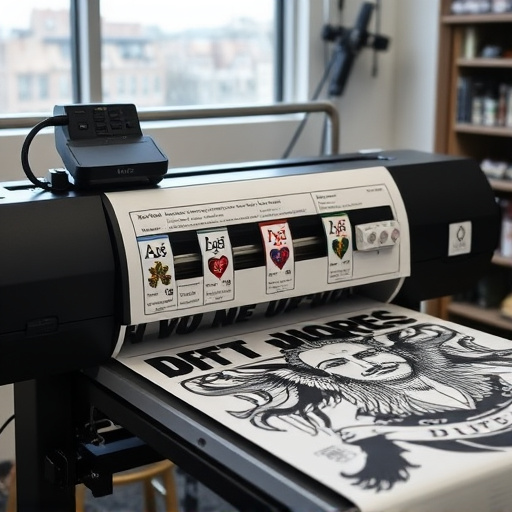DTF Print Sheets, with their Direct To Film (DTF) printing process, revolutionize industries by offering superior image quality, vibrant colors, and versatility on diverse materials. Commonly used in packaging, signage, and promotional items, they ensure durability and high-resolution prints. The direct ink transfer method enables intricate designs, simplifying creation of visually appealing displays. Before using DTF sheets, prepare a well-lit, spacious workspace with good ventilation, clean rags, isopropyl alcohol, a roller or applicator tool, and high-quality sheets suited to your fabric type. Cut out desired designs from the DTF sheet for easy application onto fabrics, transforming them into distinctive garments.
Discover the versatility of DTF (Direct to Film) print sheets with this comprehensive guide. Learn how to harness their potential by applying transfers for a range of creative projects. From understanding the unique properties of DTF sheets and preparing your workspace, to a detailed step-by-step application process, this article covers all you need to know to successfully integrate DTF prints into your design workflow.
- Understanding DTF Print Sheets and Their Applications
- Preparing Your Workspace and Materials
- Step-by-Step Guide to Applying Transfers from DTF Print Sheets
Understanding DTF Print Sheets and Their Applications
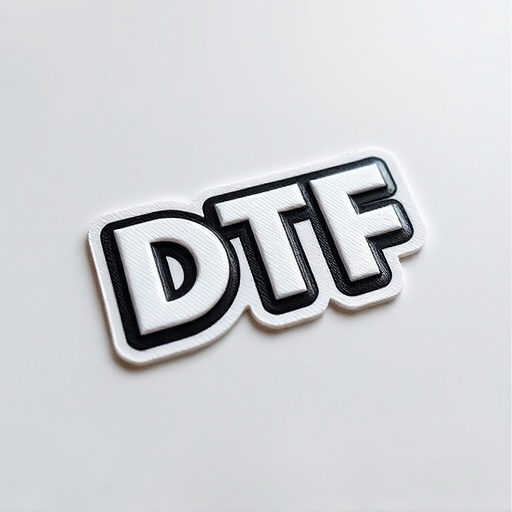
DTF Print Sheets are a specialized type of print media that have gained significant traction in various industries due to their unique properties and applications. The acronym DTF stands for Direct To Film, reflecting the direct printing process onto a flexible film or sheet. This method offers several advantages over traditional printing techniques, including superior image quality, vibrant colors, and the ability to print on a wide range of materials.
Understanding the versatility of DTF Print Sheets is crucial for their effective application. These sheets are commonly used in packaging, signage, and promotional items due to their durability and ability to produce high-resolution prints. The printing process involves transferring ink from a plate or screen directly onto the film, allowing for intricate designs and detailed imagery. This technology enables businesses to create eye-catching displays, brand packaging, and customizable products with ease, making DTF printing a game-changer in the print industry.
Preparing Your Workspace and Materials
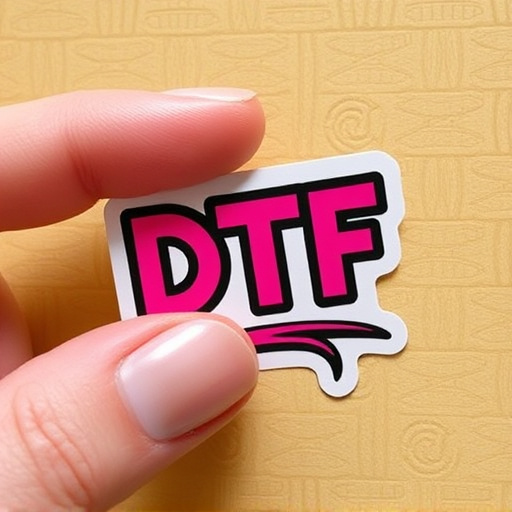
Before diving into the transfer application process, it’s crucial to prepare your workspace and gather all necessary materials. This ensures a smooth and efficient workflow when using DTF (Direct-To-Fabric) print sheets for custom graphic tees or bulk DTF shirt production. Clear a dedicated area that is well-lit and has ample space for your work, allowing you to comfortably maneuver around the project. Ensure proper ventilation as some transfer application methods may involve chemicals or heat.
Stock up on essential items like clean rags or soft cloths, isopropyl alcohol (or similar cleaning agents), a smooth roller or applicator tool, and high-quality DTF print sheets specifically designed for your desired fabric type. Additionally, prepare any design templates or graphics you plan to transfer, ensuring they are optimized for the DTF printing process. This preparation will set the stage for successful transfers, enabling you to create stunning custom graphics on t-shirts with ease.
Step-by-Step Guide to Applying Transfers from DTF Print Sheets
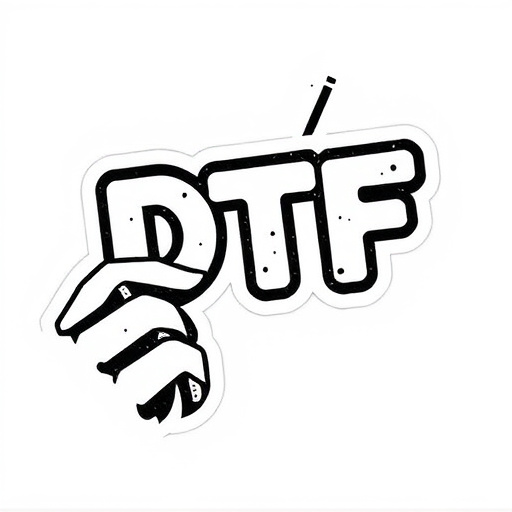
Applying transfers from DTF (Direct to Fabric) print sheets is a straightforward process that allows you to effortlessly adorn various fabrics with designs, logos, or patterns. Here’s a step-by-step guide to help you achieve professional results:
1. Prepare Your Work Area: Start by setting up your workspace with all the necessary materials. Ensure a clean, flat surface and gather your DTF print sheets, transfer paper (typically cold peel), a sharp knife or cutter, and your desired fabric. For clothing brands looking to add distinctive logos dft for clothing brands, this process is particularly effective.
2. Cut Out the Design: Carefully inspect your DTF print sheet and identify the design you wish to transfer. Using a precision tool like a knife or cutter, carefully cut out the design, following its contours precisely. Make sure not to include any excess paper around the design. For intricate patterns or text, consider using templates for cleaner cuts. If you’re creating cold peel dtf transfers, ensure your cutting technique is sharp and accurate to maintain the integrity of the transfer.
DTF (Direct to Film) print sheets offer a versatile and efficient method for creating transfers on various surfaces. By understanding the process and proper preparation, you can achieve professional results at home. The step-by-step guide provided offers a straightforward approach, ensuring that anyone can master the art of applying DTF print sheet transfers. Whether for crafting, personalizing items, or small-scale production, this technique opens up a world of creative possibilities.

